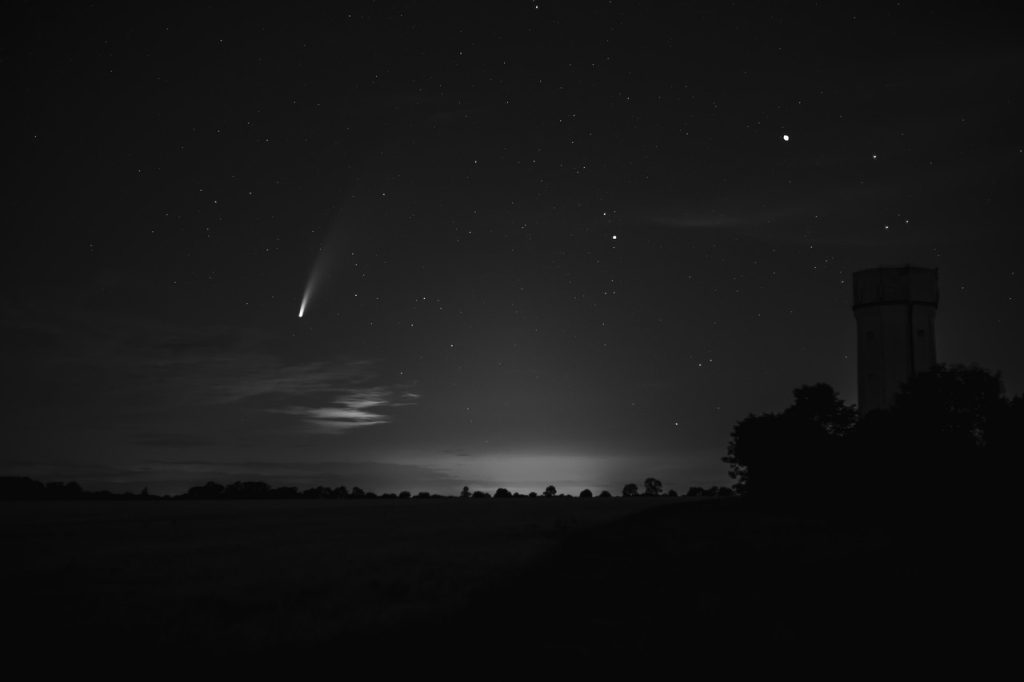RAPID CITY, S.D. – Skygazers in Rapid City and throughout the Black Hills region are preparing for one of the most reliable celestial displays of the year, as the Orionid meteor shower reaches its peak on the night of Monday, Oct. 20, into the predawn hours of Tuesday, Oct. 21.
The annual shower is created by debris left behind by Halley’s Comet, one of the most famous comets in our solar system. As the Earth passes through the dust trail, the tiny fragments burn up in the atmosphere, producing fast, bright “shooting stars.”
Best Viewing Times
For residents of Rapid City and South Dakota, the best time to view the Orionids will be in the early morning hours of Oct. 21.
The meteors will appear to radiate from the constellation Orion, which rises in the east and climbs highest in the sky just before dawn. The peak viewing window is generally between 1 a.m. and dawn local time.
Experts suggest viewers may see up to 20 meteors per hour under ideal conditions. This year, viewing conditions are excellent as the peak coincides with the new moon, meaning there will be little to no moonlight to wash out the fainter meteors.
Finding an Optimal Viewing Spot
The key to a good meteor shower viewing experience is finding a location away from city light pollution. While Rapid City proper offers a bright view of the night sky, venturing just a short distance into the Black Hills National Forest or Badlands National Park will drastically improve visibility.
Popular, darker locations for stargazing near Rapid City include:
- Pactola Reservoir: Areas around the reservoir, particularly away from streetlights, offer deep, dark skies. Veterans Point has been cited as a good spot for night photography and stargazing.
- Badlands National Park: Though a drive east, the Badlands offers some of the darkest skies in South Dakota, making it an excellent choice for serious skywatchers.
- Hidden Valley Observatory: Run by the Black Hills Astronomical Society, this location is designed for dark-sky viewing, although check their schedule for any public events.
Tips for Watching the Shower
No special equipment like telescopes or binoculars is needed to view a meteor shower-just your eyes.
- Find a dark, safe spot: Get away from streetlights and the glow of Rapid City. The darker the location, the more meteors you’ll see.
- Be patient: Give your eyes at least 20 to 30 minutes to fully adjust to the darkness. This adaptation is crucial for spotting fainter meteors. Avoid looking at bright phone screens.
- Look up: Lie down on a blanket or a comfortable reclining chair with your feet generally pointing southeast. While the meteors radiate from Orion, they can appear anywhere in the sky. Looking 45 to 90 degrees away from the constellation of Orion can make the meteor trails appear longer and more dramatic.
- Dress warmly: October mornings in the Black Hills are chilly, so bring blankets, a sleeping bag, and wear layers to stay comfortable for the duration of the show.


